Immersive Learning Week: How it Came to Be, Its Importance to Our Middle School Curriculum, and Updates in 2024
January 31, 2025
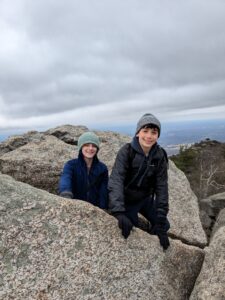
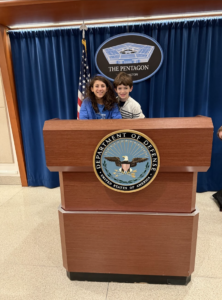
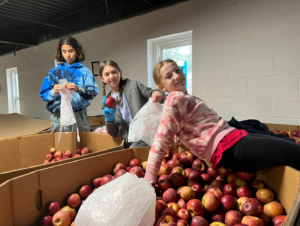
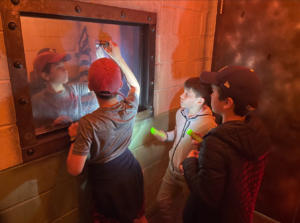
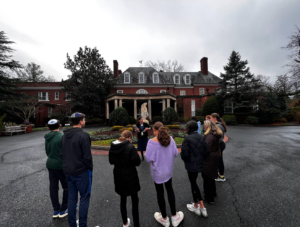
January 31, 2025





In December, Middle School students embarked on the seventh annual Immersive Learning Week, a weeklong program held in the days before winter break. This year, there were 9 Immersive Learning Week programs—the most ever offered—including one new student-initiated program. As this beloved part of the Middle School curriculum continues to expand, we are reflecting on the program’s origins and highlighting its new elements this year.
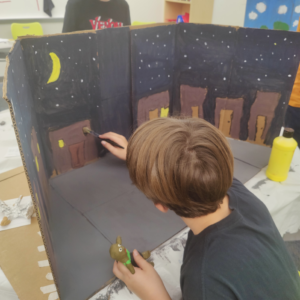

Immersive Learning Week began with the first year of Middle School at MILTON. When designing the Middle School curriculum, North Campus principal Lisa Schopf and a group of teachers spent a year and a half doing research on other schools and their use of experiential learning. This led to the development of the weeklong program.
“Immersive Learning Week is an opportunity to energize students with the power of authentic education that is not schedule-bound or subject-bound. Students experience the joy of a fully engaging learning experience in exploring something that feels relevant and exciting,” Lisa says.
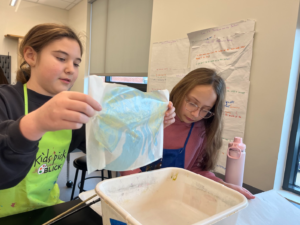
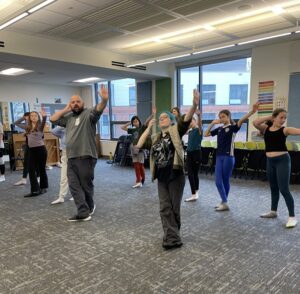
In its first year, Immersive Learning Week consisted of three options for its 23 Grade 6 students: digital game design, law, and biblical art. As enrollment increased, Immersive Learning Week options did as well, and more teachers from different departments began to develop and lead sessions.
In their programs, teachers often focus on topics they care about or have background in but that they don’t normally teach, like dance, papermaking, or stop motion animation. Lisa points to this as a key part of Immersive Learning Week; it exemplifies lifelong learning for students, showing them that their teachers have a variety of interests and passions outside of school.
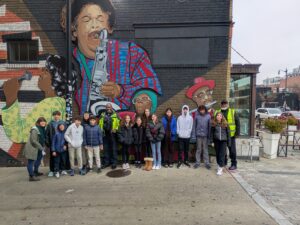
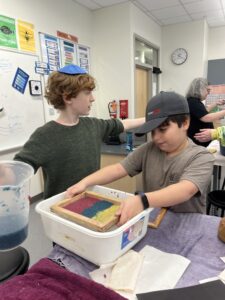
Many current programs are staples of Immersive Learning Week and have been offered for several years. Adventures in the Outdoors, for example, spends the week tackling some of the most popular hiking trails of the DC area, including the Billy Goat Trail, Sugarloaf Mountain, and Old Rag. It has existed since the second year of Immersive Learning week, and continues to be a popular choice for students.
This year, students reflected on their excitement to be able to challenge themselves on difficult trails that required different skill sets. They also enjoyed competing to build fires on the program’s last day–and making smores in the fires after!
Another student remarked that so much of the regular school day is mapped out—students know where they will be going and what they will be doing from the time they arrive to when they leave. When hiking, they embraced not knowing what their next step would be and simply seeing where the trail took them.
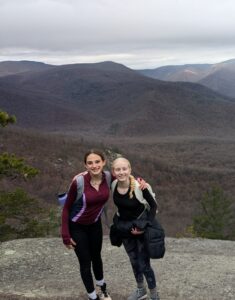
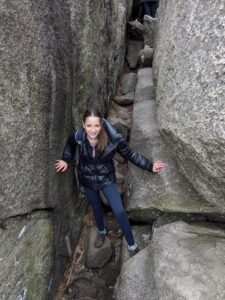
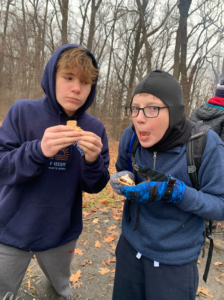
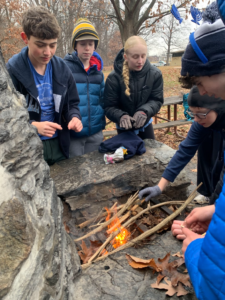
The Physics of Flight has also been part of Immersive Learning Week since its second year. In this program, students learn what goes into making a plane, design flight-related mechanisms, try out flight simulators, model a plane assembly line, and visit sites such as the Pentagon, Boeing Headquarters, the Udvar Hazy Air and Space Museum, and the Maryland Aviation Museum. This is a dynamic program with evolving trips and projects each year, letting every group of students experience exciting (and often behind-the-scenes) flight-related opportunities.
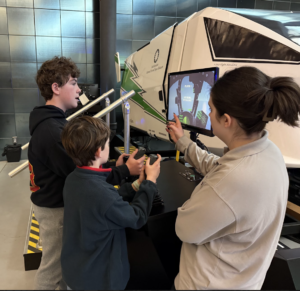
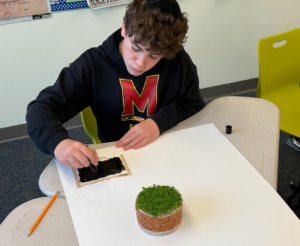
MILTON Mitnadvim, or “volunteers,” brings students to volunteer at a variety of locations including A Wider Circle, Level the Playing Field, and So What Else. While MILTON Mitnadvim is in its second year, it has existed in some form for several more. Students in this program find the joy that comes from genuinely helping others.
Students in Mitnadvim said they especially enjoyed their trip to Days End Farm Horse Rescue, where they helped with tasks around the farm and then met rescued horses and learned more about the farm’s work and mission. Although they were initially tentative about tasks such as stall mucking, they reported having a great time and especially enjoyed connecting with the horses. They learned each horse’s story, from their background to why and how they were rescued.
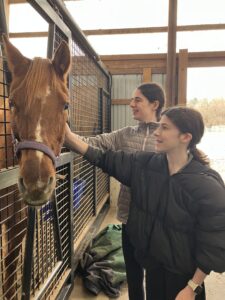
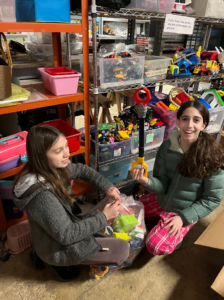
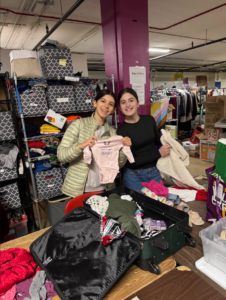
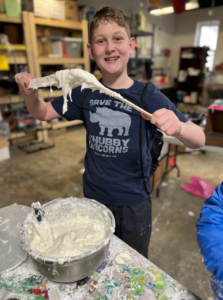
Spies and Espionage is another popular session that has continuously evolved since its beginnings in 2020, when Immersive Learning Week was virtual. This session began as a partnership between MILTON and the Spy Museum, and was developed because the subject matter lent itself well to digital programming. Because of its popularity, staff developed it into an in-person program that remains an exciting student favorite, with students completing escape rooms, a variety of codes, and projects about spies throughout history.
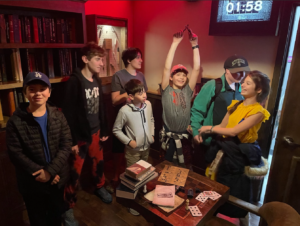
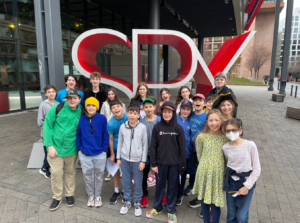
This year saw one new program: Architecture, which came to be through creative collaboration with a current Grade 8 student. The student, Delilah D., approached teachers last year with the idea for a program that focused on the historical houses, buildings, and structures in DC. She presented some ideas for interesting buildings to visit such as the Capitol, various embassies, Sixth and I synagogue, Hillwood Estate, and Tudor Place. Staff developed this idea into a full program this year. Students learned about the history and design of each building, and about the different architectural styles of each.
This is just one example of the student empowerment and creativity at the core of Immersive Learning Week; all week, students are given the opportunity to take the lead on projects, from choreographing dances to making short films.
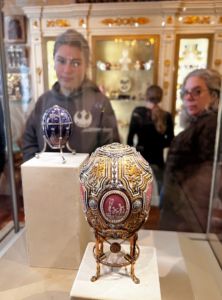
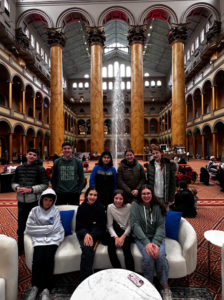

This year, the Immersive Learning Week program sought to add a new layer of meaning. As part of MILTON’s programming for the first anniversary of the October 7 attacks, students began to brainstorm different ways to develop connections with and share more about the lives of the victims. They read biographies of victims that focused on their interests, passions, and favorite activities, and began to consider ways they could honor their memory through our school programs.
Immersive Learning Week became an extension of this effort. Each program was assigned one person whose interests aligned with its content, and students worked to find a way to bring forth their memory through the week-long learning.
They did this in a variety of ways. Students in Animation Inspiration collaborated on a stop motion video commemorating the person they were memorializing. Students in Adventures in the Outdoors brought a picture of Yael Leibushor on each hike and, upon completion, took a group photo with it. They also read excerpts about her life at points throughout the hikes. Midnadvim was inspired by Amit Mann, a paramedic who died on October 7 as she acted to save others. Teachers wrote to family members to share how their loved ones were being remembered by our students.
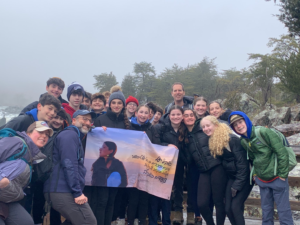
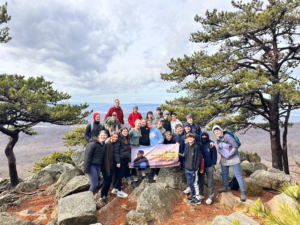
“Immersive Learning Week is a reminder of what education’s really supposed to be about,” Lisa says. “We always try to carry its ethos forward with us into the rest of the year.”